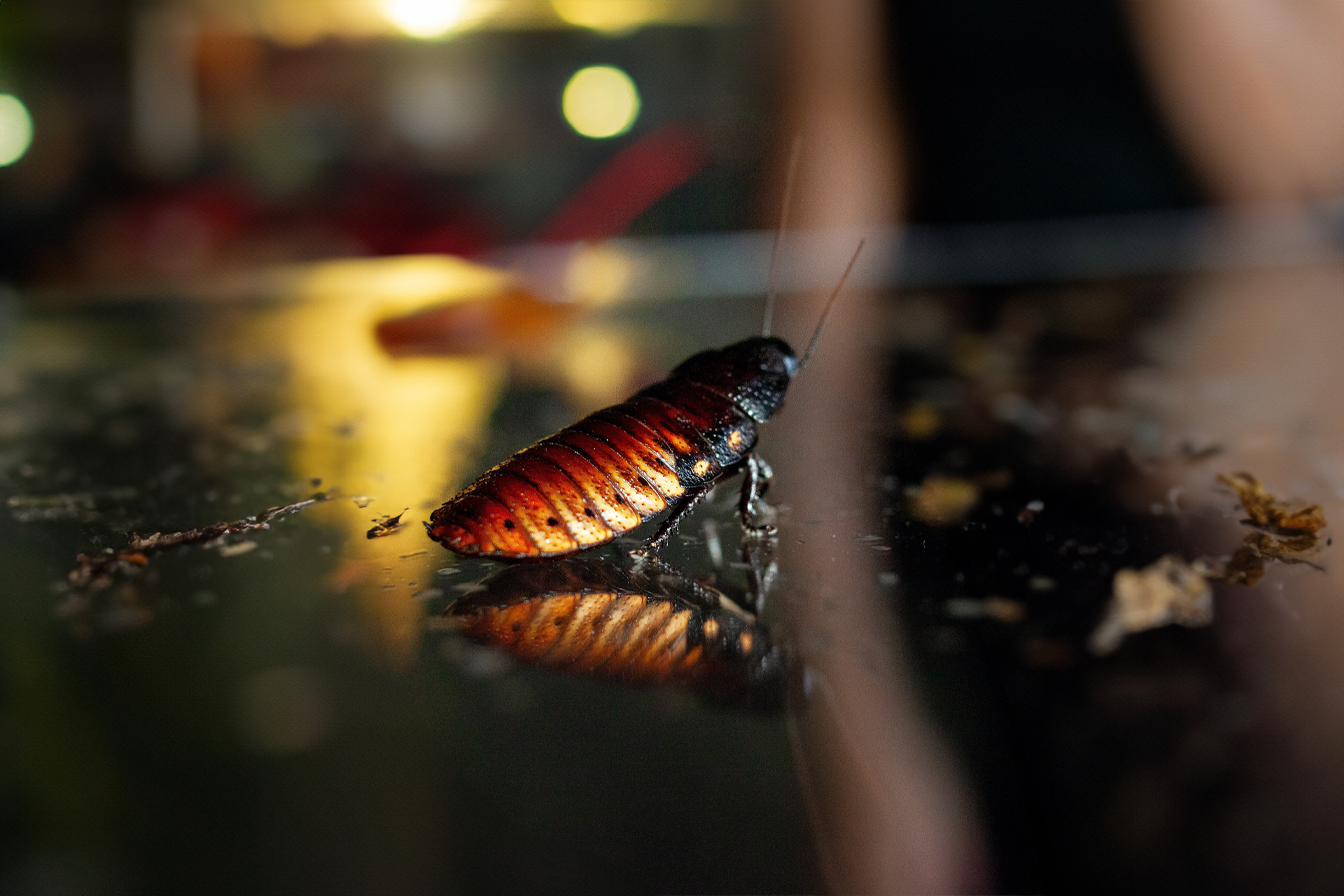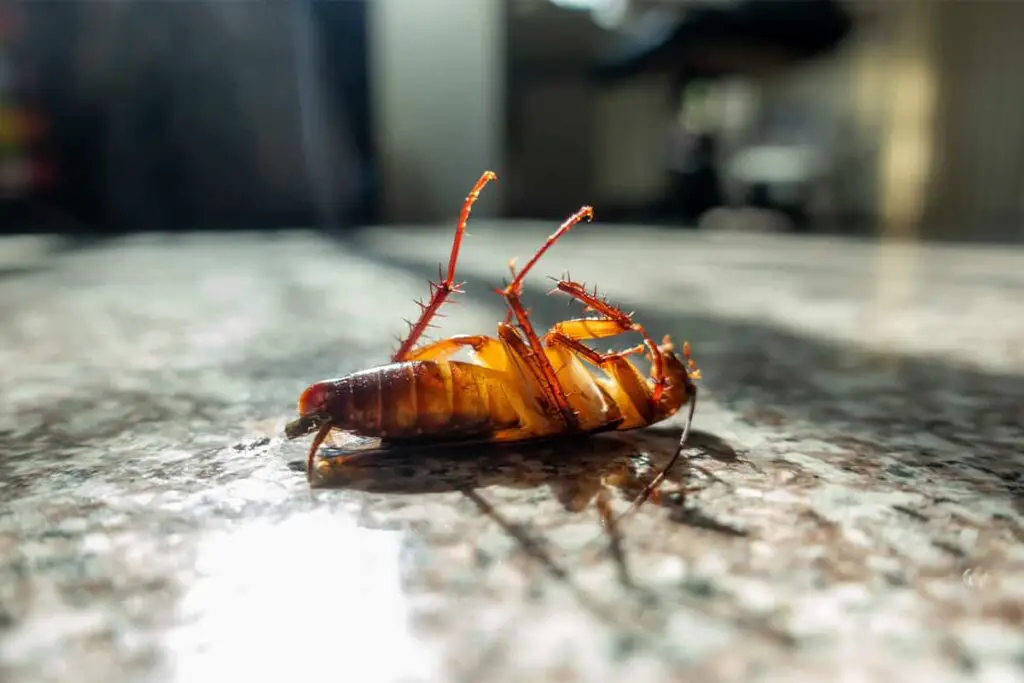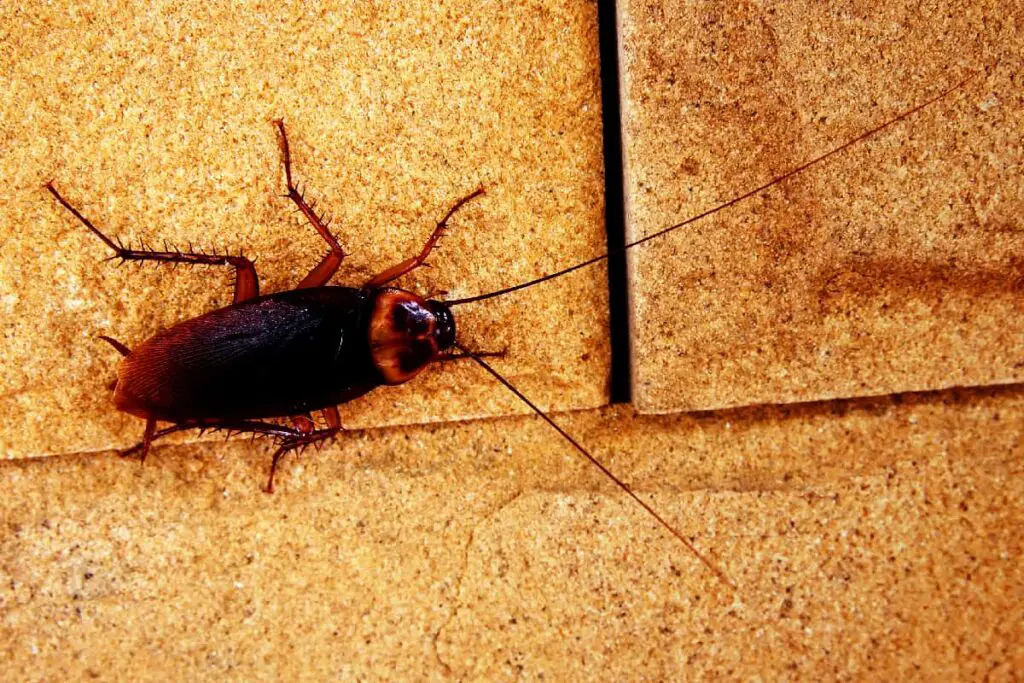
Cockroaches are one of the most adaptable and resilient pests found in a variety of environments. You might wonder about the extent of their adaptability, particularly whether they consume unusual items like hair. While it may seem unlikely, hair can be on the menu for these insects under certain circumstances. Their diet is notoriously diverse as they are omnivorous scavengers, which means that they feed on a variety of plant and animal products.
In a typical household setting, cockroaches are attracted to readily available food sources, which include sweets, meats, starches, and fatty foods. However, when options are scarce, cockroaches may resort to less conventional food sources to survive. This includes dead skin flakes, fingernail clippings, and indeed, hair. Despite this, hair is not a preferred food source as it lacks the necessary nutrients and calories they need to thrive. Hair consumption by cockroaches is more a testament to their survival capabilities rather than a dietary preference.
Cockroach Diet Basics
When you consider the diet of a cockroach, you’ll find these resilient insects are not picky eaters. Cockroaches are omnivores, and their diet is surprisingly diverse. They can eat virtually anything organic, including both plant and animal-based materials. Below is a general overview of what cockroaches might include in their diet:
- Plant-based materials: This includes fruits, vegetable scraps, and decaying leaves.
- Animal-based materials: They can consume meat, whether it’s raw or cooked.
- Starches: Foods that are high in starch, such as bread, potatoes, and pasta, are also on their menu.
- Sweets: Sugary substances are appealing to cockroaches, meaning they might indulge on things like syrup, candy, or soda residues.
In addition to these conventional items, cockroaches are known for eating a variety of unconventional items. They are not above consuming things that you wouldn’t typically think of as food, such as:
- Soap: Although not a conventional choice, cockroaches can and will eat soap if available.
- Book bindings and wallpaper glue: These items contain cellulose, which cockroaches can digest.
Remember, your leftovers and even non-food waste can attract these pests. Keeping your space clean and free of easily accessible food particles and waste can help deter them from taking up residence in your home.
Cockroach Interaction with Human Items
In exploring how cockroaches interact with items commonly found in human environments, it’s particularly interesting to note their interaction with materials such as human hair.
Hair as a Nutrient Source for Cockroaches
Your strands of hair may seem insignificant, but for cockroaches, they are a potential food source. Cockroaches are known for their survival adaptability and can utilize a wide array of organic matter. Human hair, while not their preferred choice, contains oils and shed skin cells that provide nutrients. These can be secondary sources of food for cockroaches, particularly in environments where preferred foods are scarce.
Likelihood of Cockroaches Eating Hair
While it’s not appetizing to think about, the possibility of cockroaches eating your hair exists. However, they typically resort to such sources when other foods are not readily available. It’s also worth noting that cockroaches might consume hair incidentally while searching for other food particles on combs or in bathrooms where hair commonly collects.
Preventive Measures Against Cockroaches
Cockroaches can be a nuisance, but taking the right preventive measures can help keep these pests out of your home. Here are some steps you can take:
Seal Entrances: Check your home for any cracks or openings, and seal them with caulk. Common areas to look for include around windows, doors, and utility pipes.
Keep It Clean: Maintain a clean kitchen by wiping surfaces to remove crumbs and spills. Store food in airtight containers and regularly empty the trash.
Avoid Clutter: Cockroaches love hiding in clutter, so declutter regularly to reduce their hiding spots.
Fix Water Leaks: Cockroaches are attracted to moisture, so repair any leaks in your taps, pipes, and drains.
Regular Inspection: Periodically inspect areas where cockroaches are likely to hide, such as under sinks and refrigerators, inside cupboards, and along baseboards.
Proper Food Storage: Avoid leaving pet food out and store it properly when not in use.
Use Baits and Traps: If you’re noticing the occasional roach, consider using safe bait and trap methods to catch and remove them.
By following these steps, you can make your home less inviting to cockroaches and reduce the chance of an infestation. Remember, prevention is key when it comes to pests!
Frequently Asked Questions
In this section, you’ll discover some common inquiries about the diverse and often surprising dietary habits of cockroaches, their impact on your belongings, and the potential health implications they have when cohabiting with humans.
What substances do cockroaches find edible inside human homes?
Cockroaches are not picky eaters and will consume a wide range of substances in your home. From decaying organic matter to sweets and starches, they’re known to even consume non-food items like glue and paper due to the presence of cellulose, a carbohydrate they can digest.
Can cockroaches cause damage to fabric materials like clothes?
Yes, cockroaches can cause damage to fabric materials. While they typically prefer food sources, they may gnaw on clothes, especially if stained with food or body fluids, potentially damaging them over time.
Are there any health risks associated with cockroaches in close proximity to humans?
Cockroaches in close proximity to humans can pose health risks. These insects are known carriers of bacteria and allergens that can lead to food contamination and exacerbate allergies and asthma.
What alternative food sources do roaches turn to when typical food is scarce?
When typical food sources are scarce, roaches may turn to alternative options such as eating hair if it’s mixed with other foods or if they are desperate, although it’s not their preferred choice.
Is it possible for cockroaches to bite humans, particularly in areas with hair?
It’s extremely rare for cockroaches to bite humans because they usually feed on dead or decaying matter. However, in extreme cases of infestation and food scarcity, they might nibble on human hair or even eyelashes while you sleep.
Are human byproducts, such as skin or fecal matter, consumed by cockroaches?
Cockroaches are known to consume human byproducts. As scavengers, they do not shy away from anything organic, including dead skin cells and human waste, which can provide the necessary nutrients for their survival.
Driven by a passion for those tiny creatures that rule our world, we at Bug Domain strive to be your go-to resource for information on insects.



